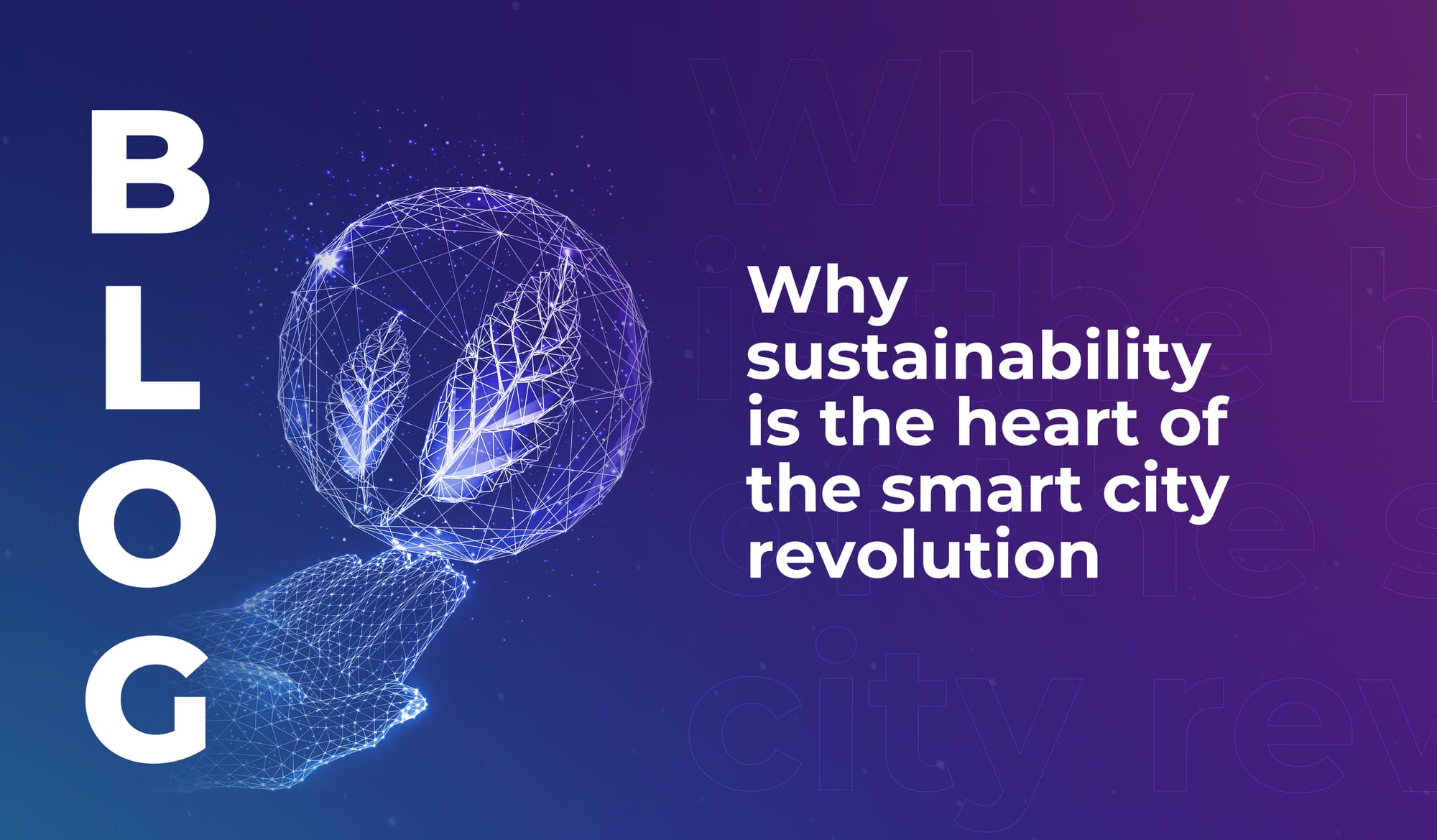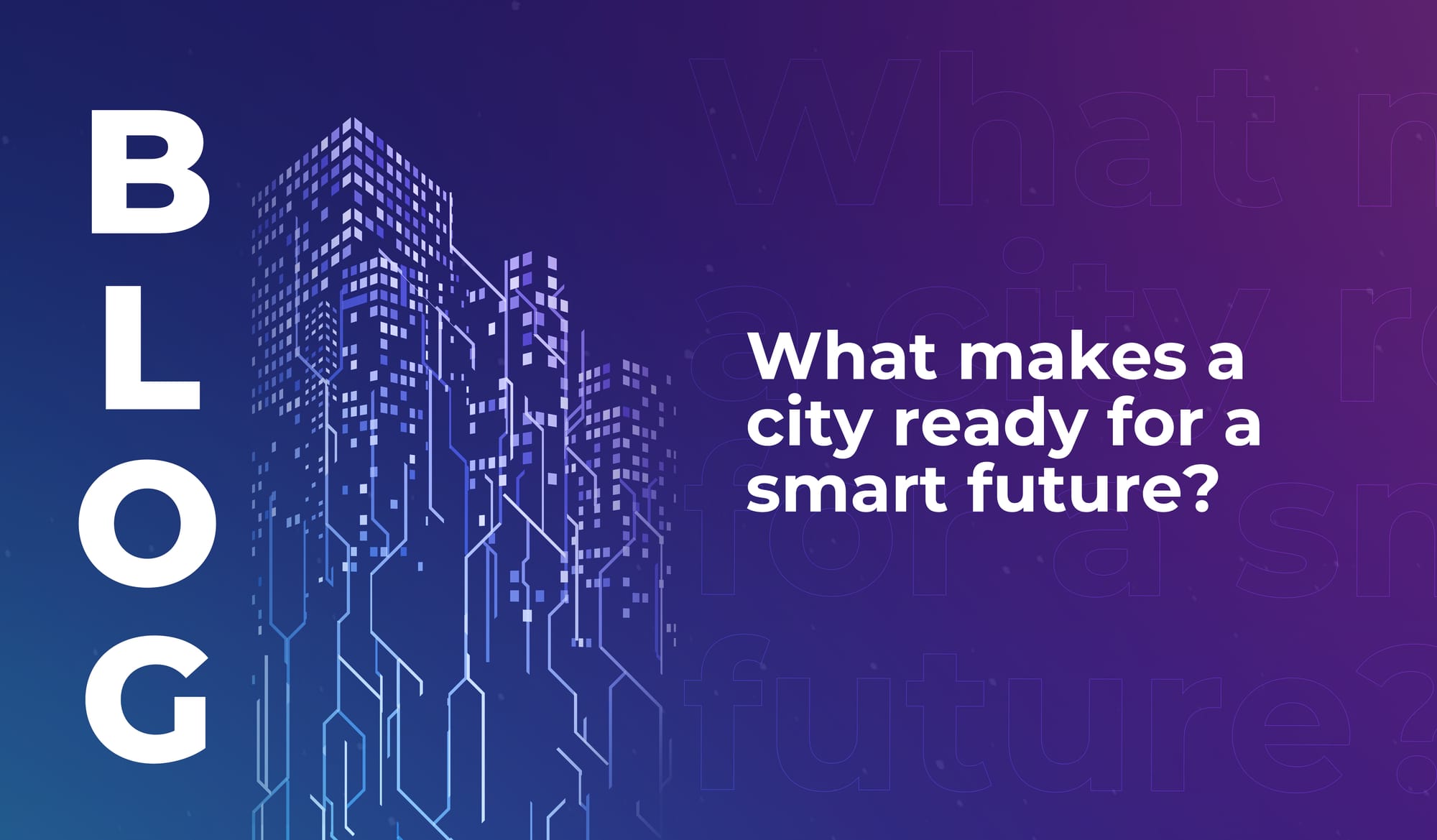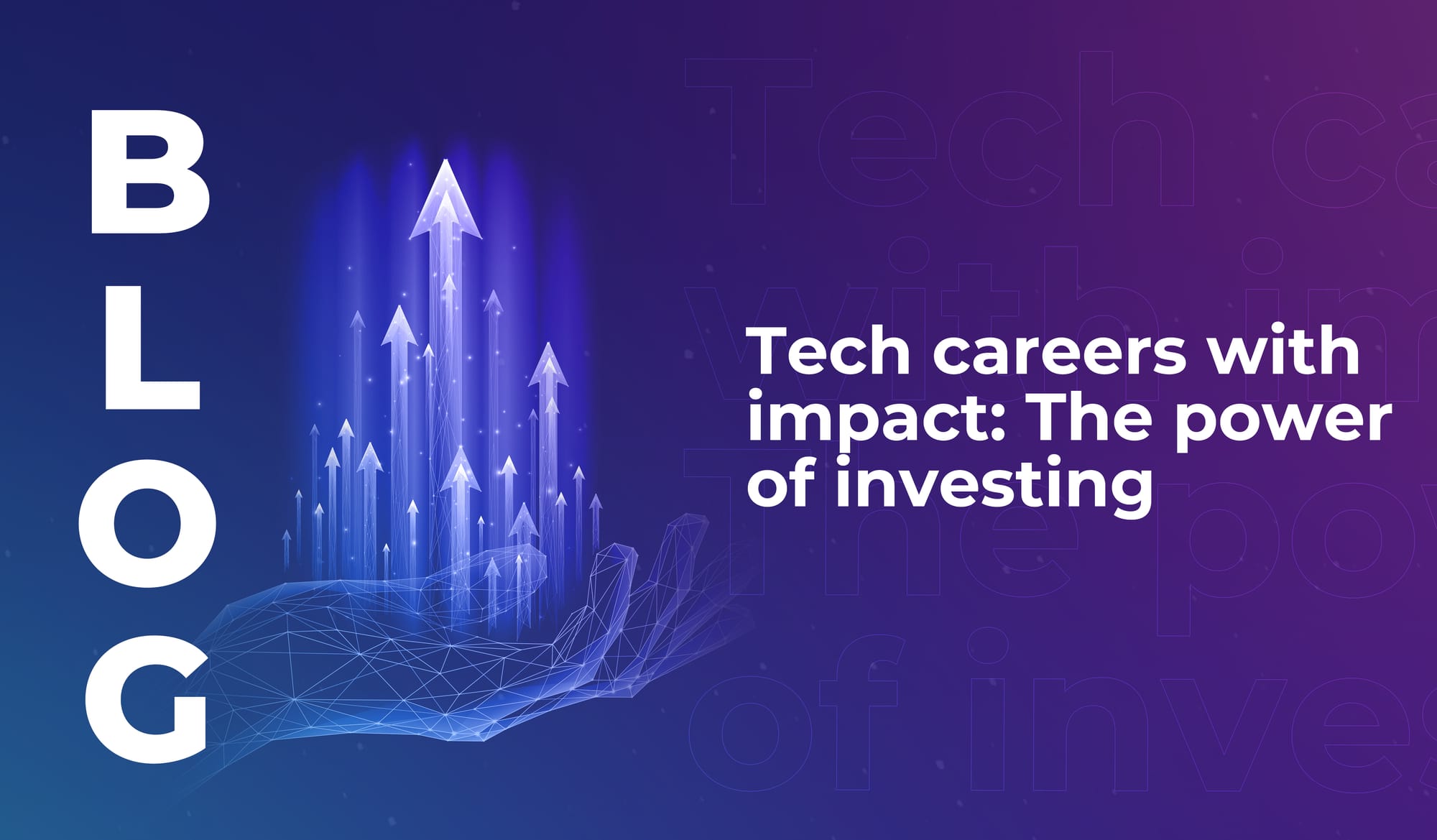
Why sustainability is the heart of the smart city revolution
The smart cities of the future will use tech to lower emissions, cut urban temperatures, and improve quality of life in highly populated areas.


Hungry? You probably don’t know the half of it. Globally, around 690 million people survive on under 1800 calories a day. Nearly nine percent of the entire world population are undernourished, and if you find yourself wondering: “How much would it cost to end world hunger?”, the answer is $330 billion. It’s a situation that’s prompted tech to come up with a number of innovative solutions to try to tackle the problem, from vertical farming techniques that let you grow food indoors with minimal space, through to 3D food printing. But sometimes the best way to be pioneering is to not innovate too much.
“We try to only use tech that is already being used – by domains other than food,” says Chris Van Hoof, Vice President of Research and Development at the OnePlanet Research Center, who believes that chip or silicon-based tech can help with hunger by improving the amount of food that farming can create. “If we use sensors and analytics that are already being mass produced, we’ll end up with solutions with extremely low price points that everybody can acquire and use,” says van Hoof. “Cheap technology is an equaliser. It levels the playing field and not just for the rich and well-educated, but for everybody who needs it.”Partly, this means using tech to reduce inefficiencies in the way food is farmed, because according to van Hoof: “except in high-tech farms, food production is left to chance and to the weather”. They’re currently trialling acoustic and spectral imaging techniques that let you see what’s under the skin of plants and their fruits to check their ripeness, as well as combining it with systems that use insect DNA to check for pest problems.
They’re also looking at using drones to monitor fields, with just one device letting you monitor numerous fields, to identify potential problems with weeds or pests – as well as which crops need more water or fertiliser. It’s an approach which will make farms produce more food at the same time as lowering the cost of farming, because the increased efficiency means that “you’re using a fraction of the water, fertiliser and pesticides.”
Other tech initiatives focus less on the farming, and more on what’s done with the food once it’s been produced. Most of the cost of food is often related to supply chains that are stuffed full of middle-men, which often makes it unaffordable to residents outside of the Western World. Hence an attempt to introduce blockchain tech to track the supply chain and identify middle men who needlessly drive the price up.
“I strongly believe that in the future blockchain will bring a lot of transparency into the value chain, which will help to eliminate middle man mark-ups,” says Piyush Kumar Chowhan of LuLu Group International, who specialises in digital strategy and food supply chains. “I see that as a better way of managing hunger, as it can help with a continent like Africa, where the nutrition levels are low, as high protein diets with a lot of fruit and vegetables may not be affordable.”
Blockchain-related efficiencies should also mean that food producers will be the people who earn most of the revenue from their food. Through trickle-down economics, this should help to reduce the financial inequality between regions that produce high-price exotic crops like pineapples and mangoes, and the Western countries that frequently consume them. And, ultimately, if you want to combat hunger, there’s no better way to do it than that.“Economic disparity leads to scarcity of food in certain countries,” saus Chowhan. “Eliminating the difference in purchasing power between the haves and the not-haves: that’s the only way to eliminate hunger.”

The smart cities of the future will use tech to lower emissions, cut urban temperatures, and improve quality of life in highly populated areas.

Discover the cities that rank highly for smart city preparedness, and learn why locally relevant innovation is more important than cutting-edge tech.

If you’ve ever thought about becoming a tech investor, read this – learn why investors are the quiet force shaping the future of the industry.

The smart cities of the future will use tech to lower emissions, cut urban temperatures, and improve quality of life in highly populated areas.

Discover the cities that rank highly for smart city preparedness, and learn why locally relevant innovation is more important than cutting-edge tech.

If you’ve ever thought about becoming a tech investor, read this – learn why investors are the quiet force shaping the future of the industry.